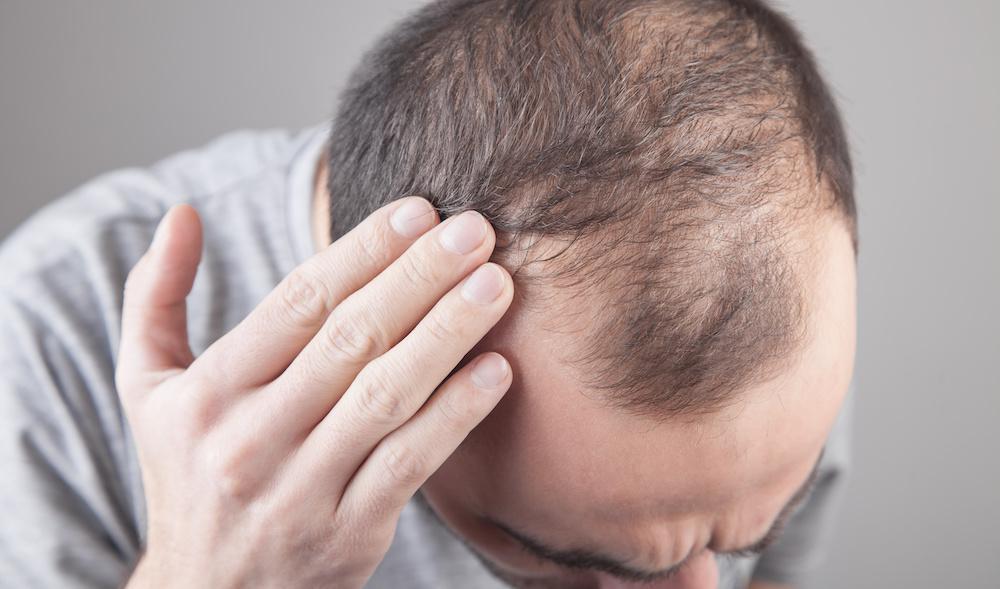With many male and female patients complaining of hair loss, there is an increasing need for a treatment that brings back the fullness of hair. Hair transplantation is one of the safest and most common cosmetic procedures that your trusted best hair transplant specialist in Lakewood Ranch would recommend to patients seeking hair rejuvenation.
What is the anatomy and physiology of hair?
If you want to get the best out of your hair, it is paramount that you appreciate its anatomy and physiology. This knowledge of hair, especially the hair cycle, will help you understand how different hair treatments work and how to get the most out of your hair. Some of the key elements that make up your hair include:
- Hair follicle: This hair part contains the hair shaft, inner and outer sheaths, and a germinating bulb.
- Bulb: This is one of the main components of the hair follicle. The bulb has a hair matrix that is responsible for hair shaft development. The other two constituents of the bulb include melanocytes which contribute towards the overall hair color, and dermal papilla, which regulates hair growth.
What is the hair growth cycle?
The different hair strands in your body are usually in different hair growth phases. Understanding the four phases of the hair growth cycle can help you better care of your hair and stimulate growth. These are the phases of hair growth:
- Anagen: At this stage, hair is actively growing. Most of the hair in your body is usually at anagen stage in a given time. This hair cycle stage can last up to two to six years.
- Catagen: This stage lasts about a month. Hair follicles shrink at the catagen stage.
- Telogen stage: At this stage, hair growth is stagnant. For this reason, this stage is also known as the resting phase.
- Exogen: Shedding of hair occurs in this stage of the hair growth cycle. Fortunately, new hair grows during the anagen stage to replace the shed hair.
Are you a candidate for hair transplantation?
Doctors usually conduct comprehensive procedures to determine if hair transplantation is ideal for solving a patient’s hair loss concerns. For example:
- Diagnosis: Your doctor needs to evaluate your hair loss pattern to confirm the root cause of your concern. The presence of signs of androgenic alopecia indicates the need for hair transplantation.
- Patient expectations: This treatment is ideal for patients with realistic expectations. You should be open to the idea of multiple transplantation appointments if you want to achieve maximum results.
- Hair caliber: Patients with hairs with larger shaft diameters will get more aesthetically pleasing results for a hair transplantation procedure because they have more surface area coverage.
- Age: Candidates for hair transplantation should be older than 25 years.
Your doctor may implement two hair transplantation techniques during your treatment; follicular unit transplantation and follicular unit extraction. It would be best to choose a surgeon who understands both techniques because each has different advantages. Contact Honest Hair Restoration if you have hair loss and are considering hair transplantation to help restore volume in your hair.











